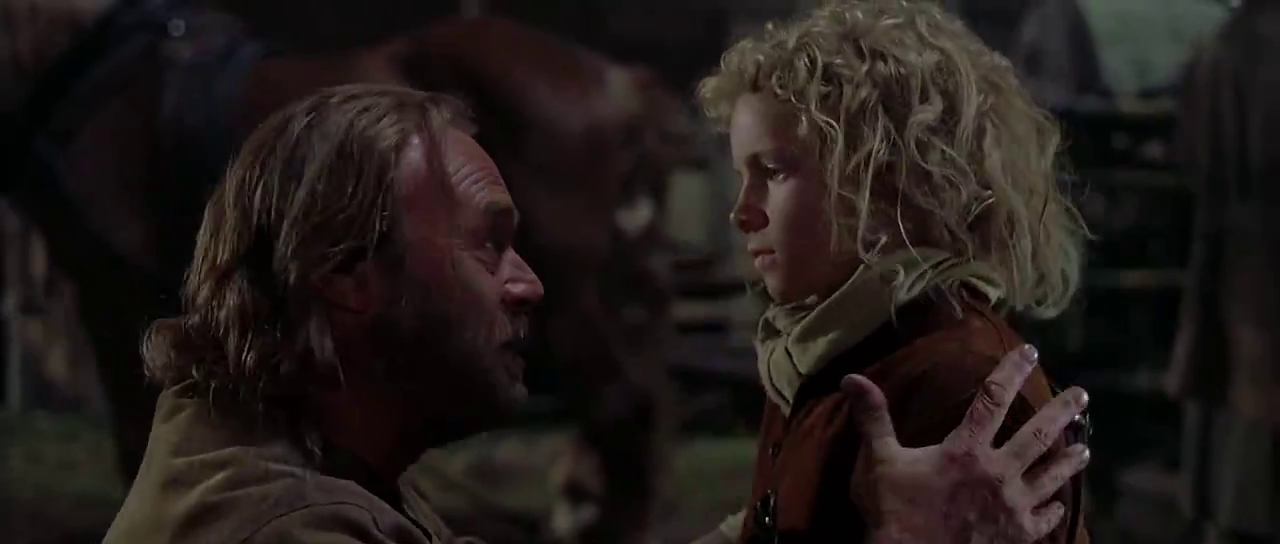Since I’ve been talking lately about backstory wounds (see this post, and this one, too) I now want to talk about general backstory and flashbacks. That is, the stuff that comes before your story opens but plays a role in the formation of both character and plot going forward.
Where to Start Telling Your Tale
I’ve worked with more than a few writers who feel the need to tell the reader the entire back history of their character to “set the stage” for what they really want to write.
This, my friends, is a mistake.
While you must know the character’s backstory, and especially their backstory wound (see those previous posts), and you must recognize that your character has been moving around the planet before your story begins, larding the opening pages with backstory narrative is a sure way to send the reader off to the fridge to make a cheese sandwich (thank you, Alan Cumyn and VCFA).
That is, “once upon a time, a girl was born…” and we watch said character go to school, brush her teeth, and suffer her backstory wound, all in time-linear fashion, until the real story starts when said character is sixteen. A story like this is usually as dull as toast and rarely publishable. The best stories begin not at “the beginning” but with an inciting incident that sets the main character in motion to the inevitable end of something new, something life-changing.
By Example: The Movie A Knight’s Tale
It is, however, necessary at some point for audiences to understand how your character got to that inciting incident. So how does one layer in backstory? Let’s look at the movie A Knight’s Tale for a great example of plotting backstory. (And I highly encourage you to take a look at the movie if you haven’t already.)
Our hero, William (the late, great Heath Ledger), enters the story as the squire to a knight. We have no idea how he got there, but it doesn’t matter – until later. What matters up front and is information we are given is that he’s not noble-born, but goes into disguise as the knight he served, now dead, which takes him from jousting tournament to jousting tournament. Being in disguise is his story problem (his external goal/conflict), and leads to the climax.
When do we see the first of his backstory? We get a small glimpse about 1/4 of the way into the movie when we hear the theme revealed during the very young William’s observation of a knight, and the expression of his desire to become a knight himself, to which a man in stocks tells the boy that to become a knight he might as well “try and change the stars”.
Can someone who begins life in one way really end it in another with effort, persistence, and a little luck? Although William’s father says it’s possible, we see swift and subtle hints that this is a truly challenging internal goal/desire to attain.
Where Does the Full Backstory Show Up?
But we don’t know the entire story for a long while, until William and his crew are on their way to London for the first time in many years. Only then is William’s full backstory shown, as his initial engagement as a squire and his departure from home is revealed in a longer flashback. This moment comes right about or just after the 1/2-way mark of the movie. From this point we understand that William’s departure from his father was both good and important (helping him “change his stars”), but also emotionally difficult (his wound).

In short, we’re given a glimpse of William’s full past and backstory wound when we need it, and not a moment sooner.
The transitions between these flashbacks and the story present are also perfectly executed, especially the second flashback in which William recalls his first childhood ferry crossing – leaving London and his father at night – when he is crossing back to London on the same ferry, at night, (and what looks to be the same ferryman) after many years.
There’s a good reason this movie has become a classic.
And So…
When you need backstory to explain a character’s behavior, to illustrate their wound, or to enrich or deepen the theme and/or hero’s journey, consider placing flashbacks in your story well after you’ve set your character on their path. Keep the flashbacks short and transition them in and out in a way that feels natural. Your story will have more energy, and your reader will be drawn into the expectation that you’ll reveal important information when the time is right, and not one moment before.
Don’t forget that very soon (!) I’m launching the first of my courses. This course is basic, fundamental, but with enough “meat” to satisfy even experienced writers. I don’t want you to miss the launch, as there will be a limited time price discount on this already affordable program. So please click the button below to learn more, if you are not already on my mailing list. And share this with your writer friends.

Great advice, Janet. A KNIGHT’S TALE is a great example to pass on to writers. Flashbacks are so tricky. When an author keeps interrupting a scene with flashbacks, the “when” of the scene is hard to decipher. As you mentioned, we don’t need to know everything right away.
A KNIGHT’S TALE is a really great one for showing this, right? (Not to mention Heath Ledger, sigh.) Thanks so much, Linda!!